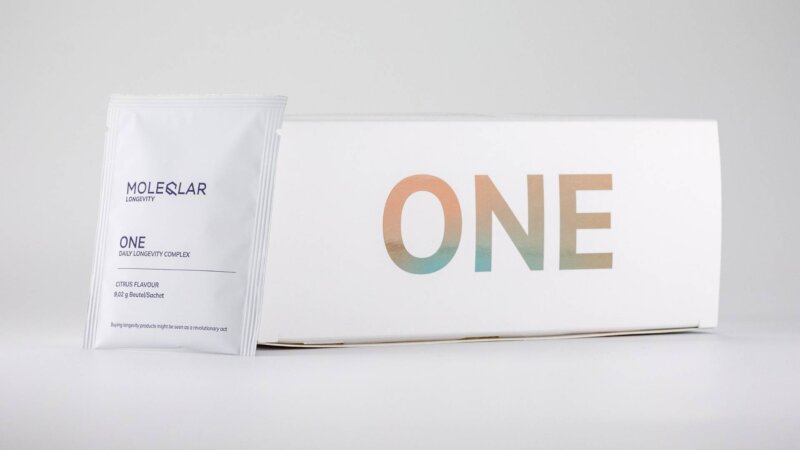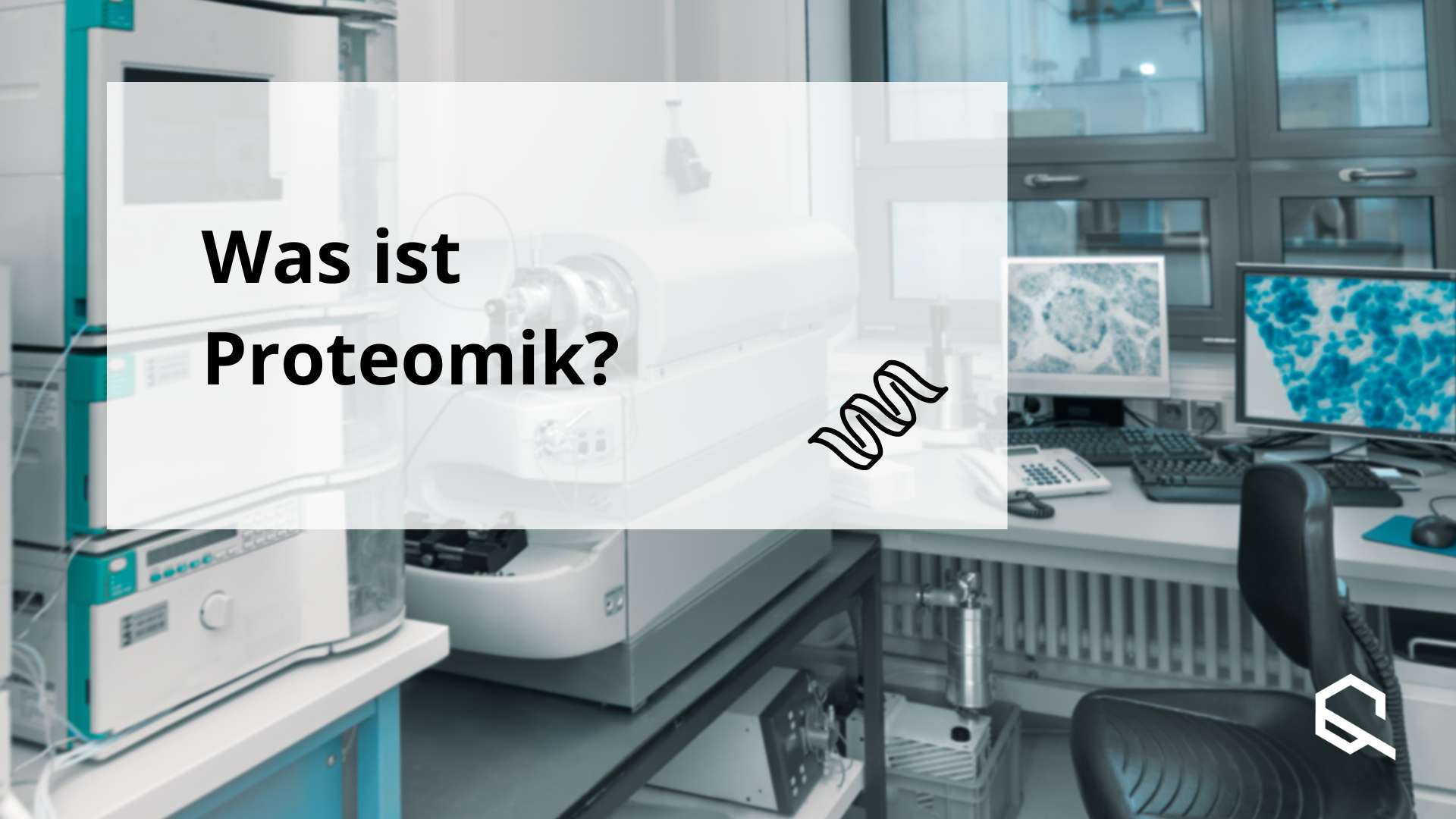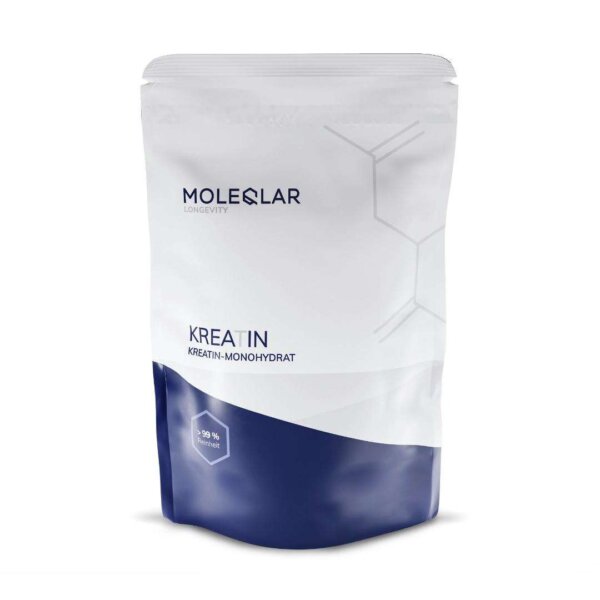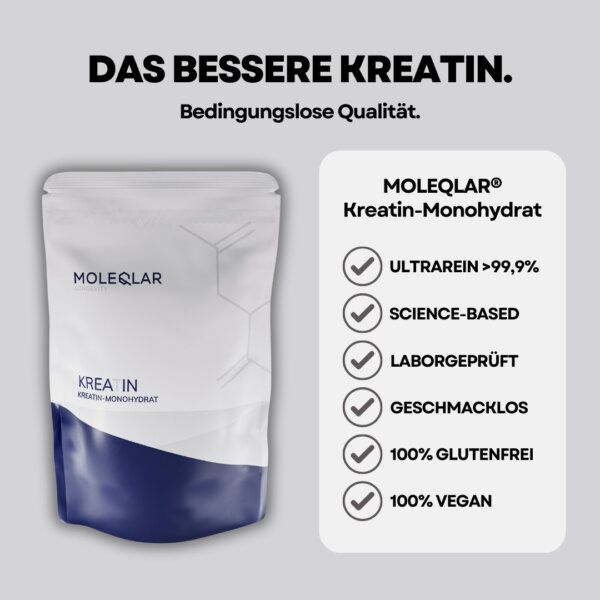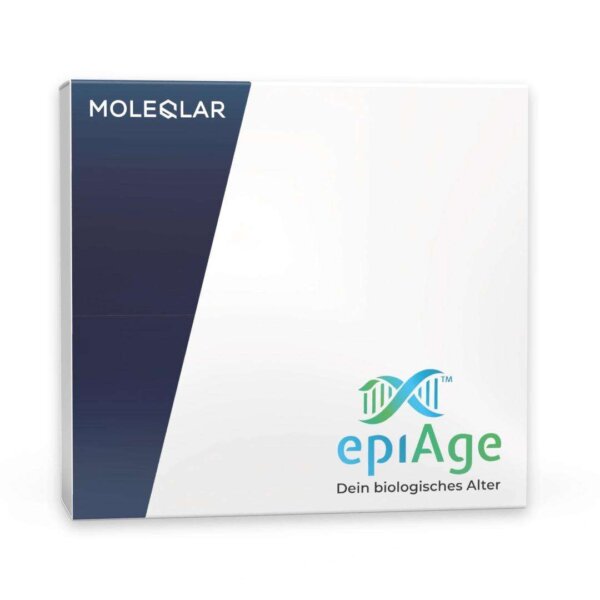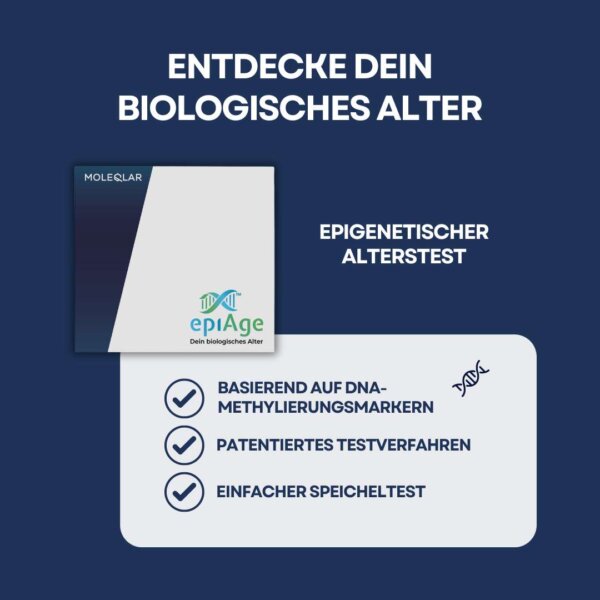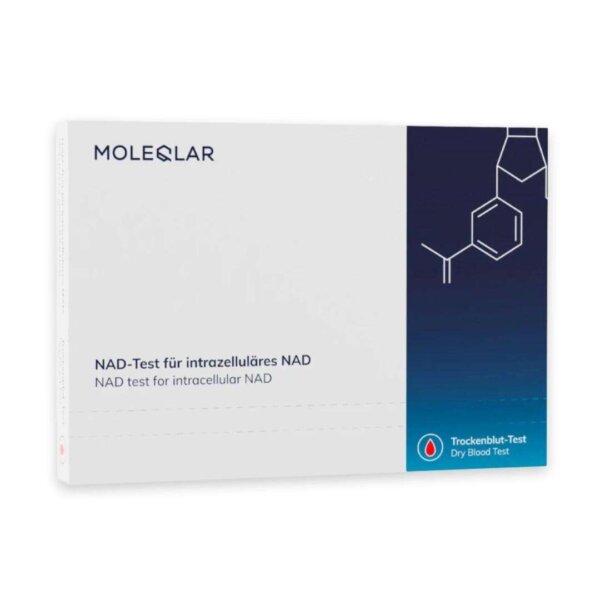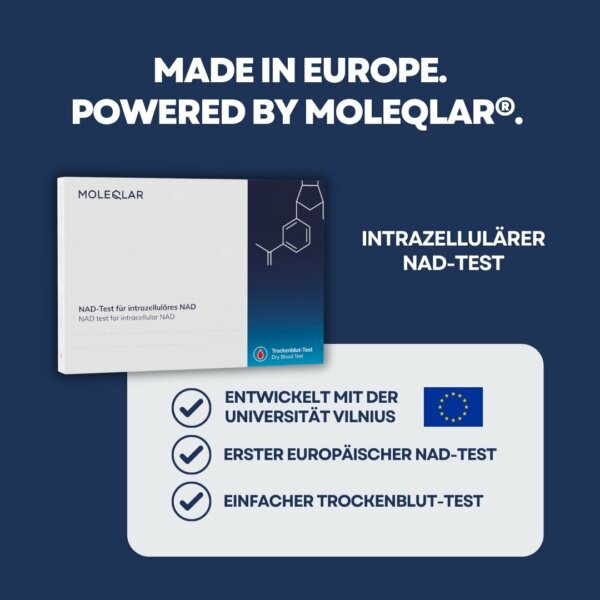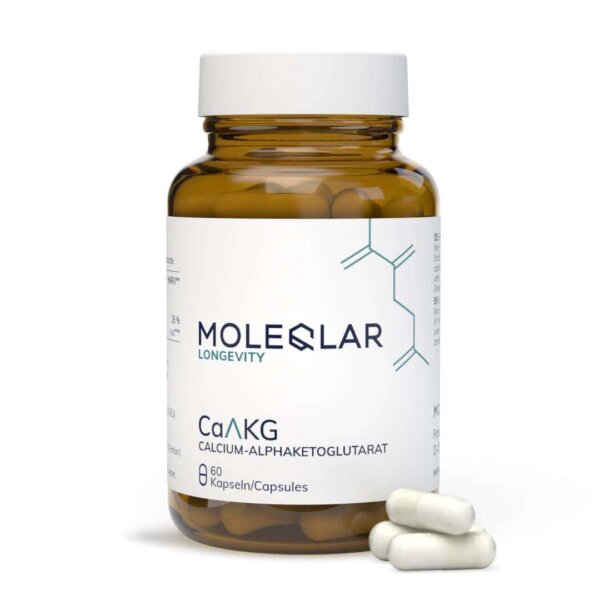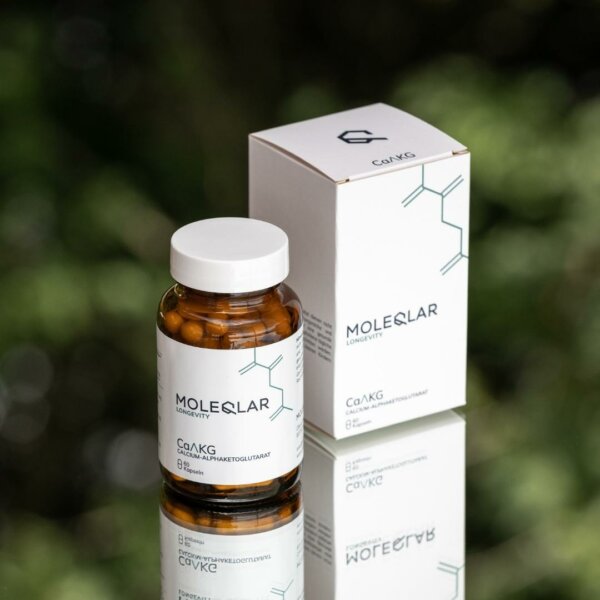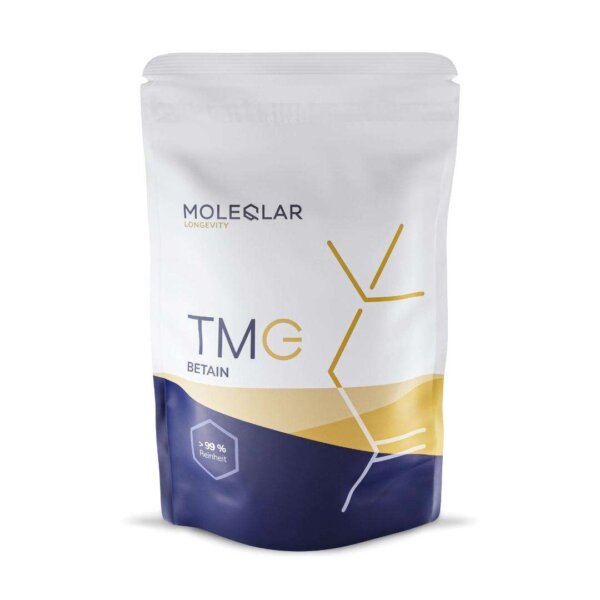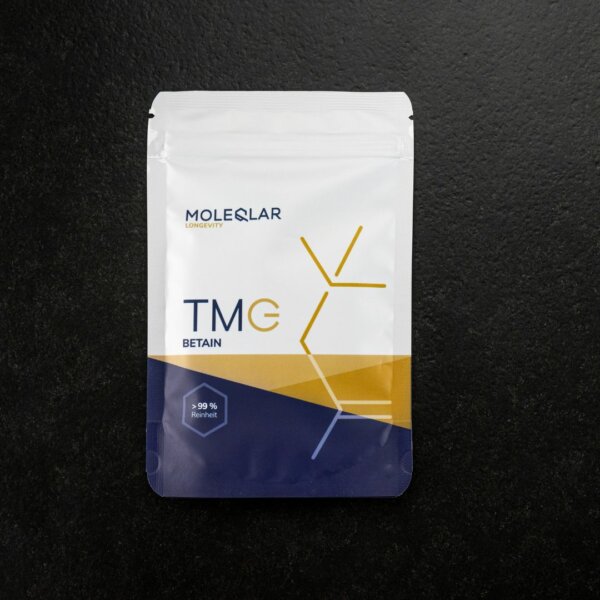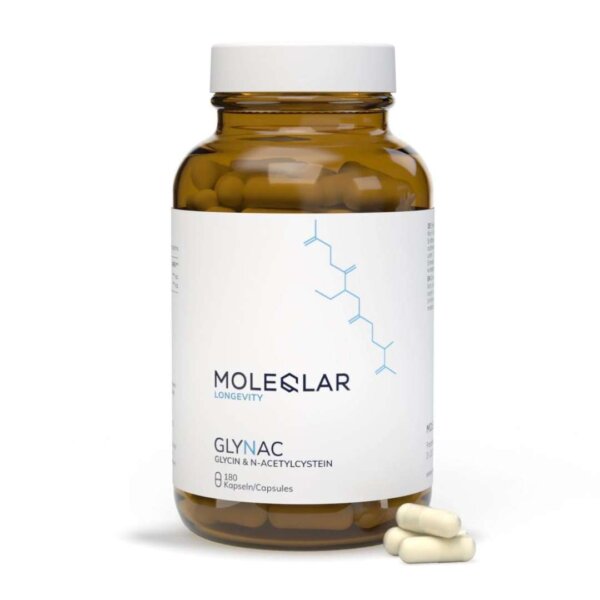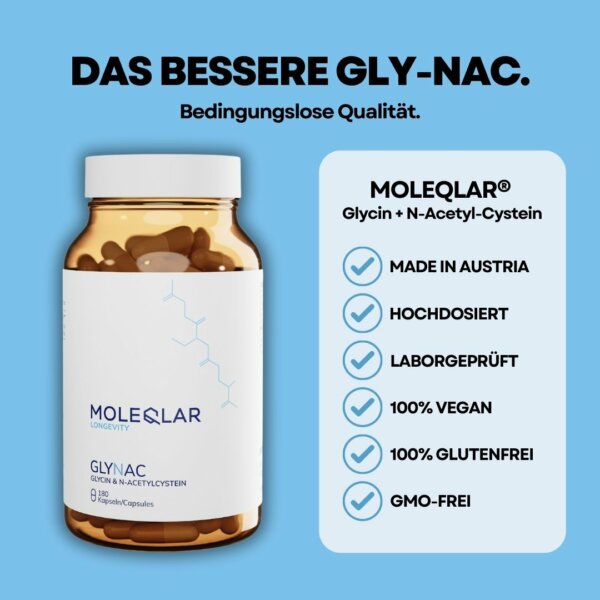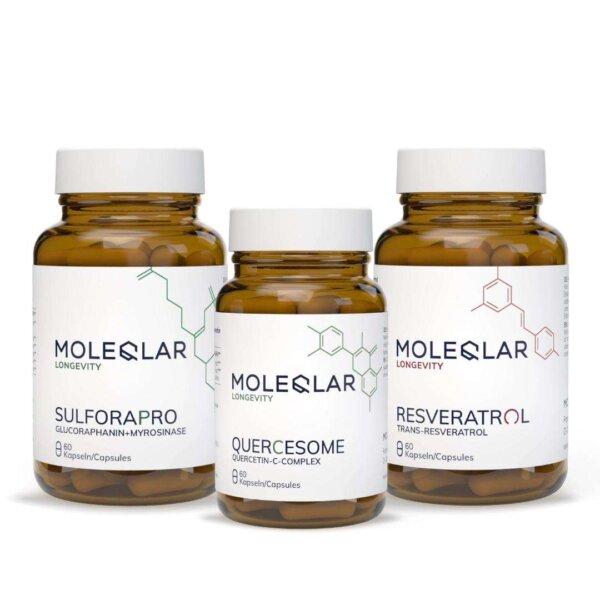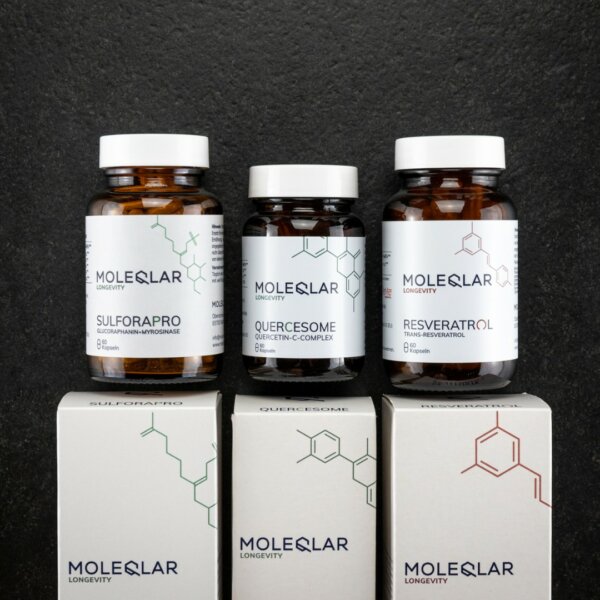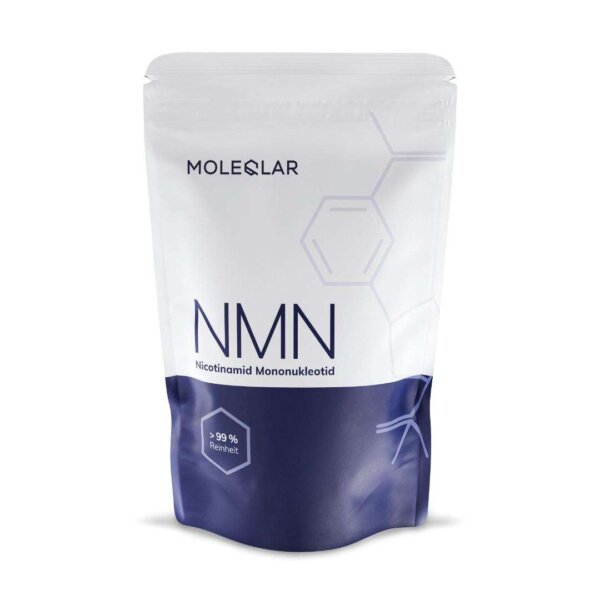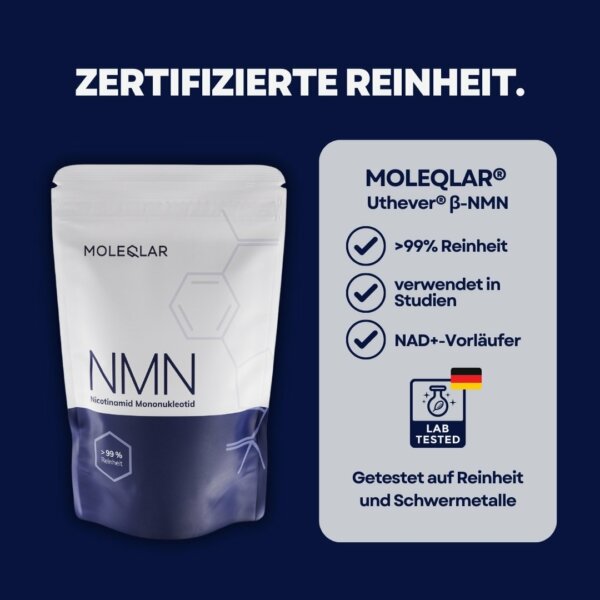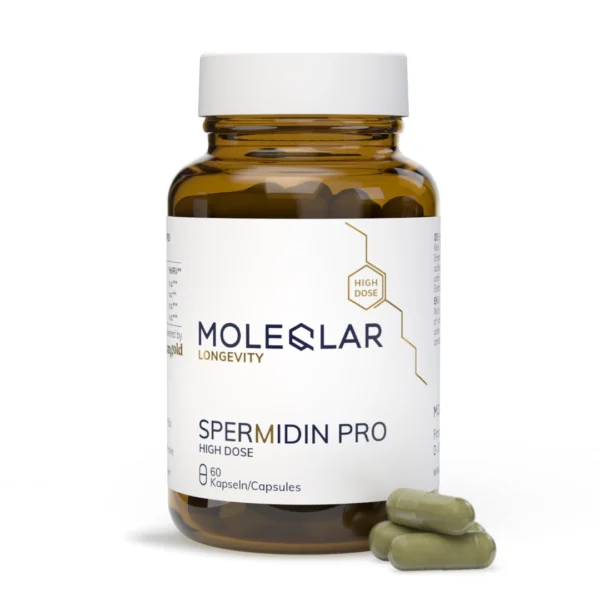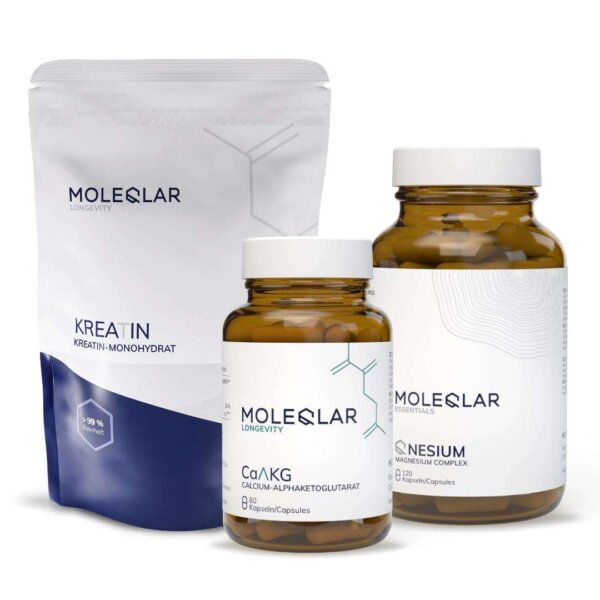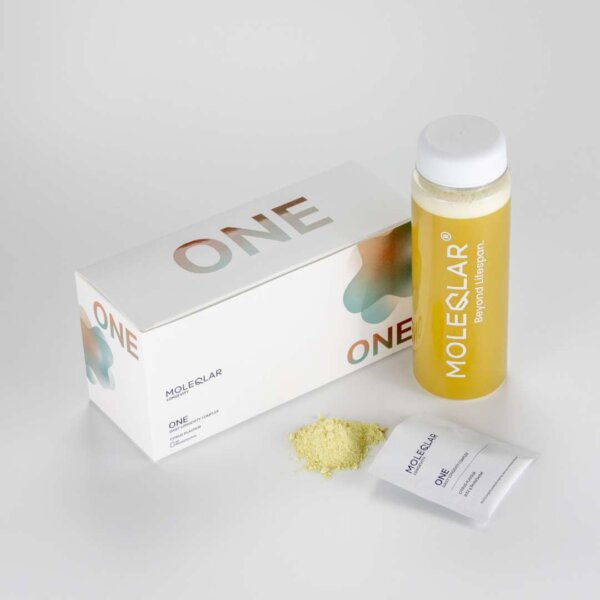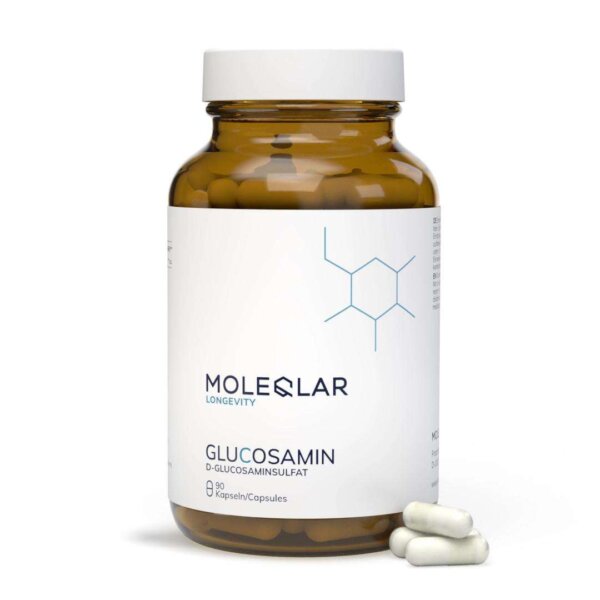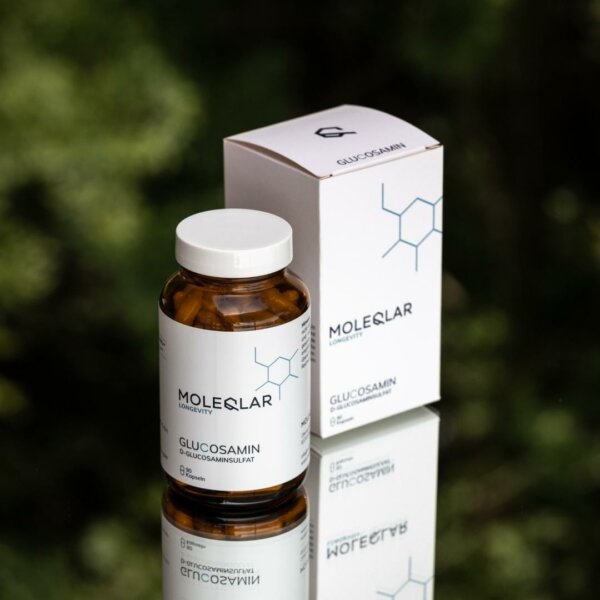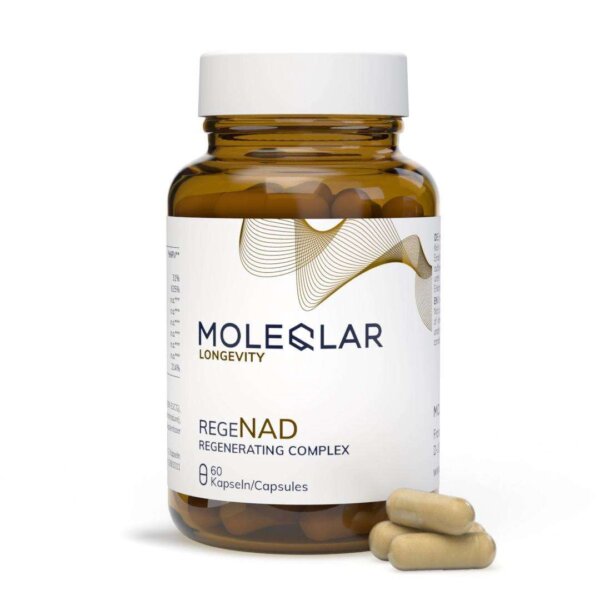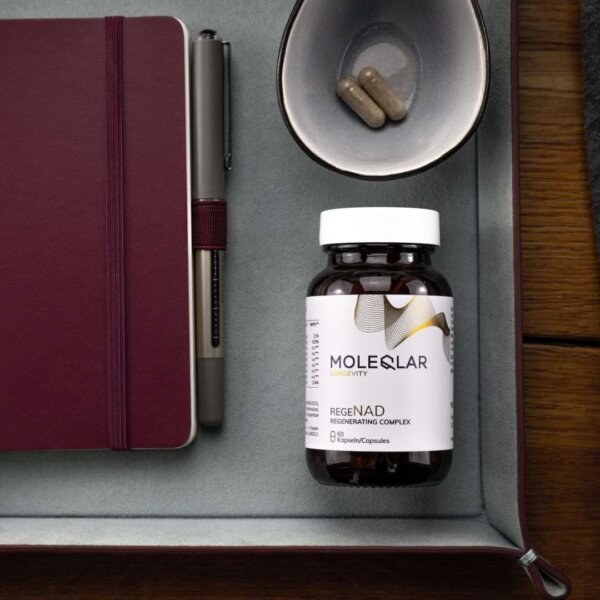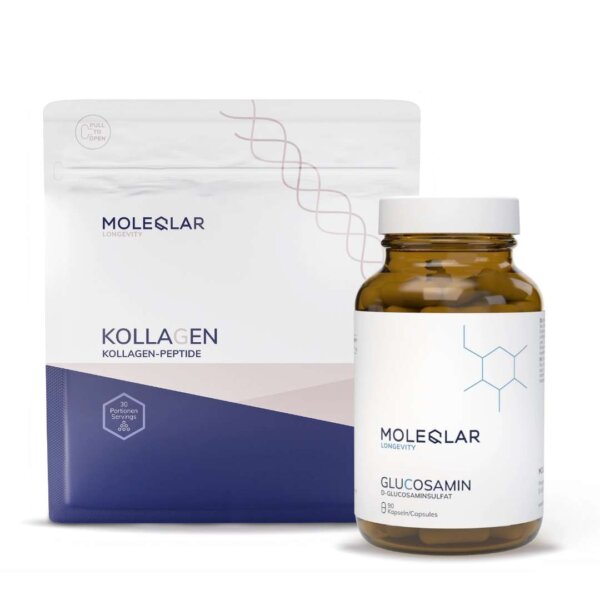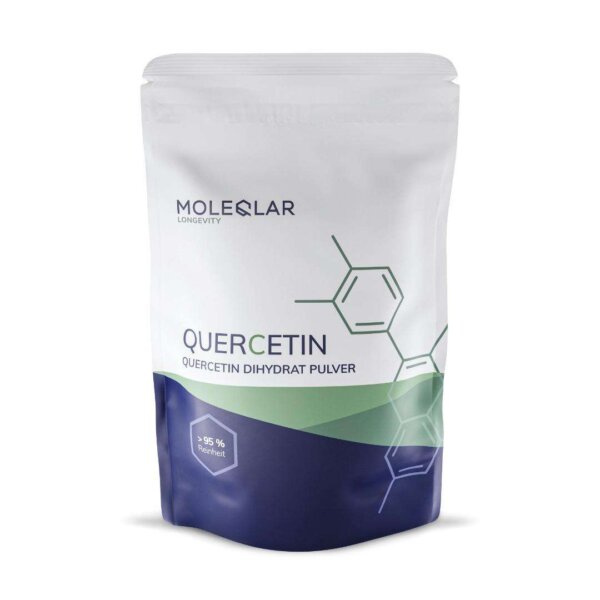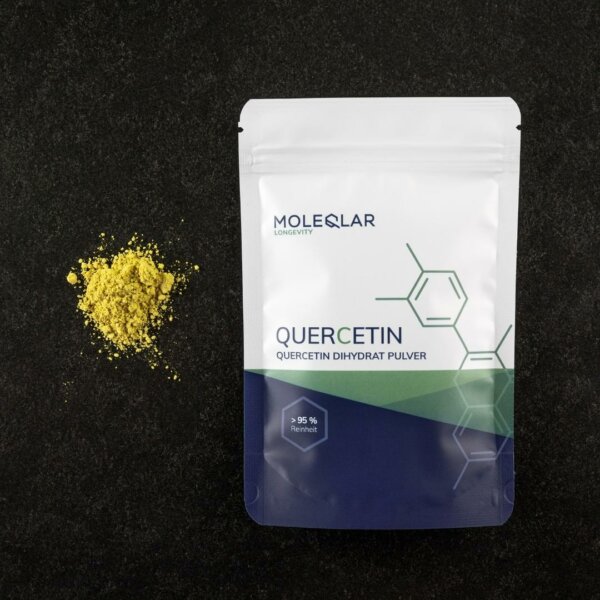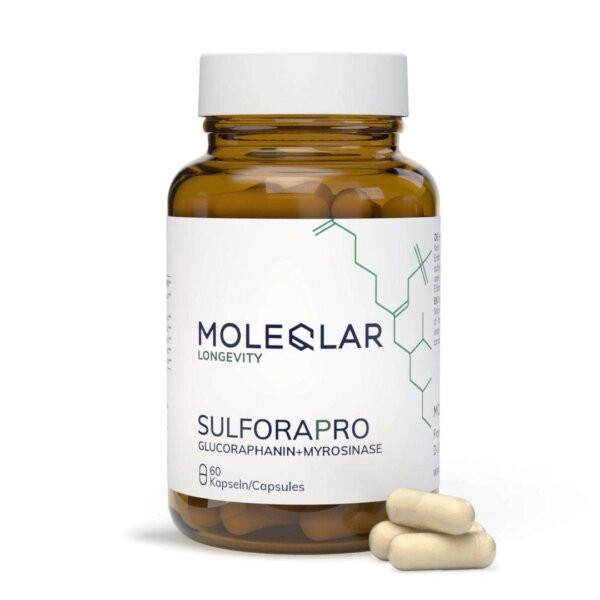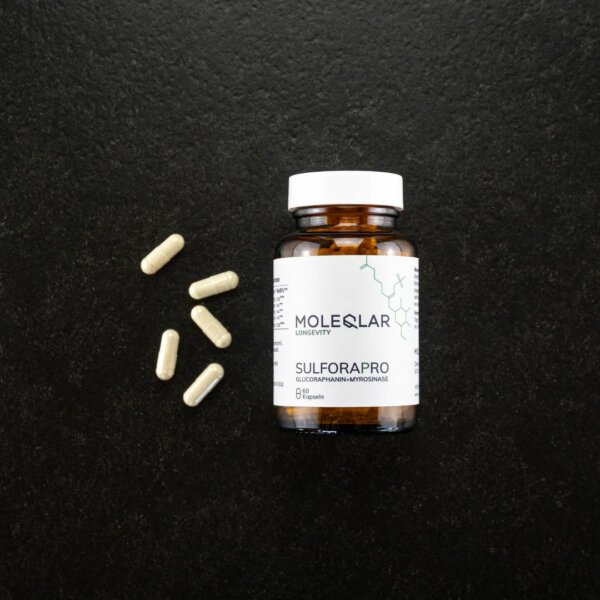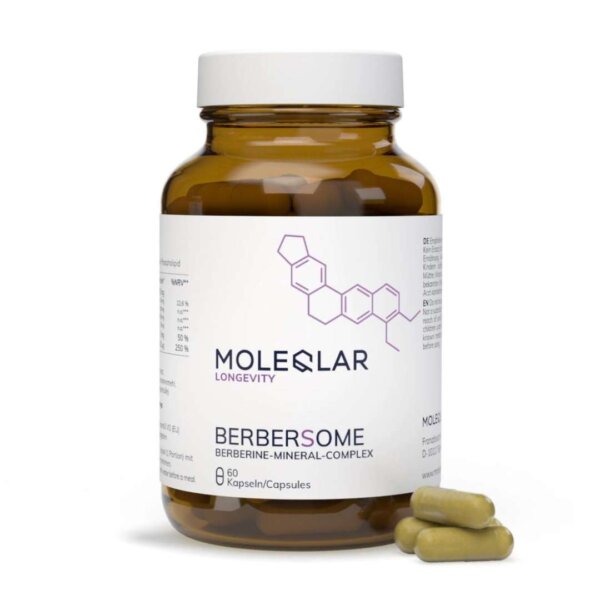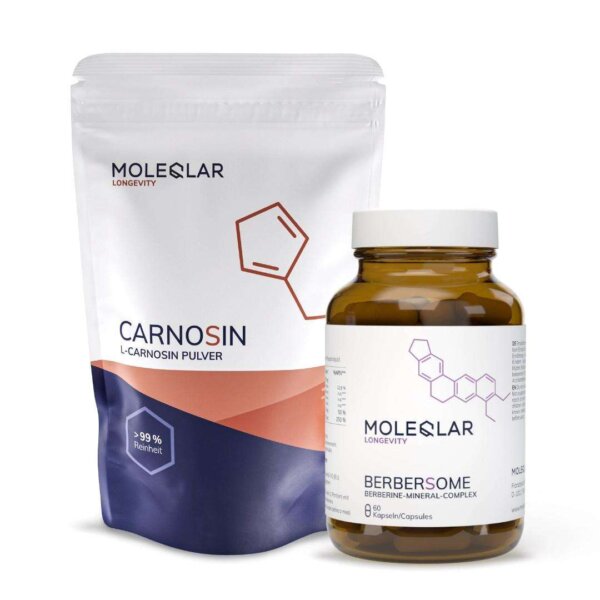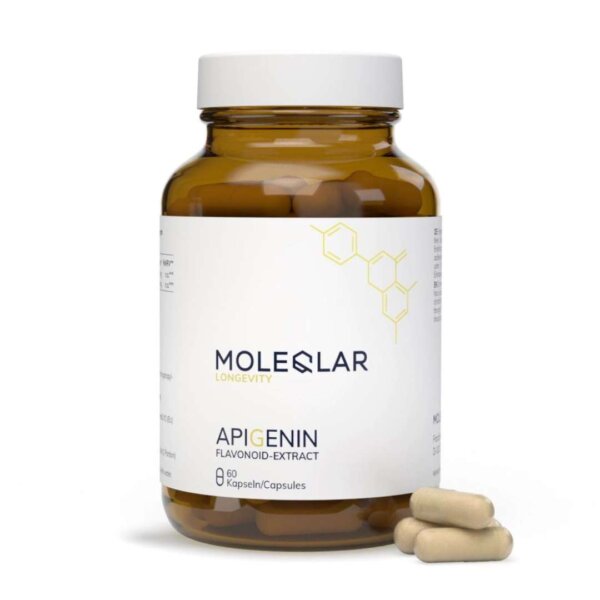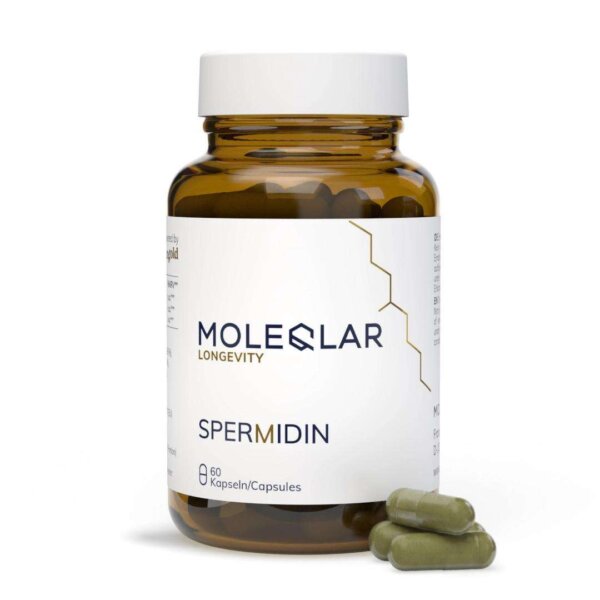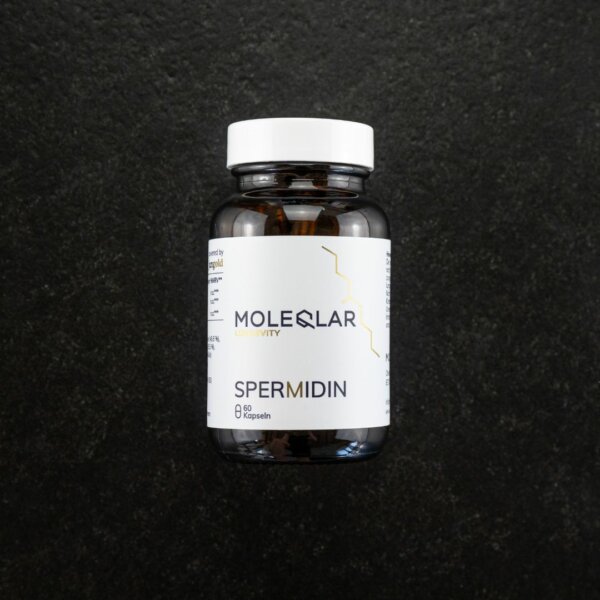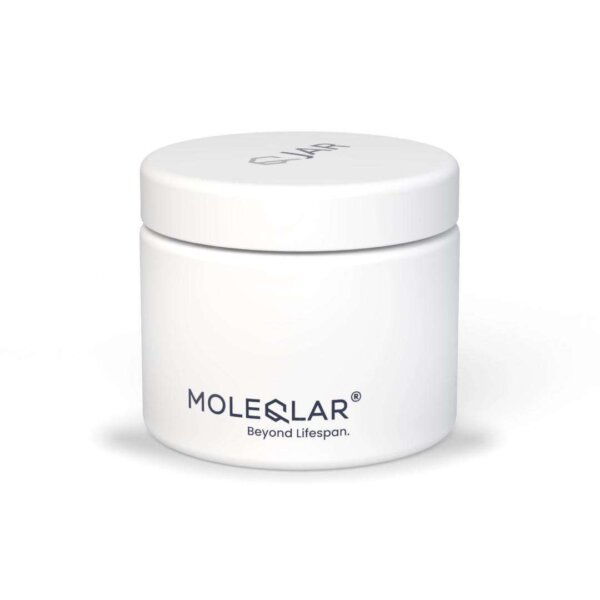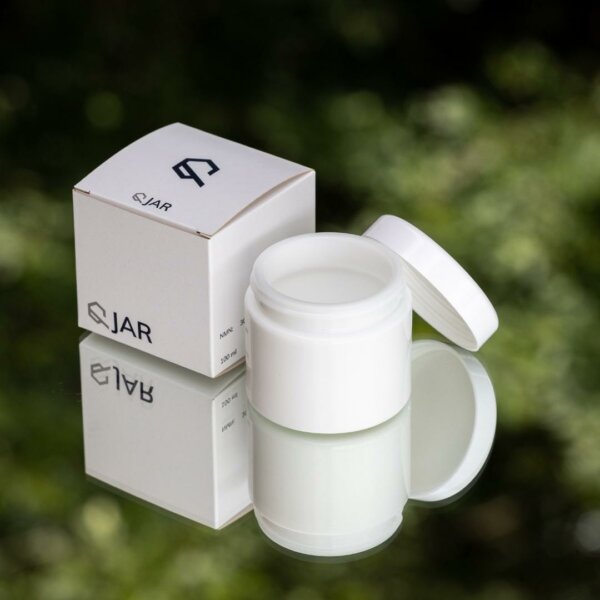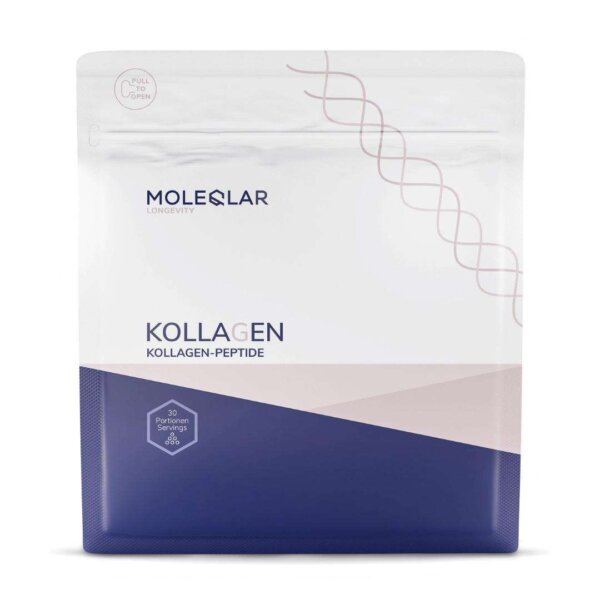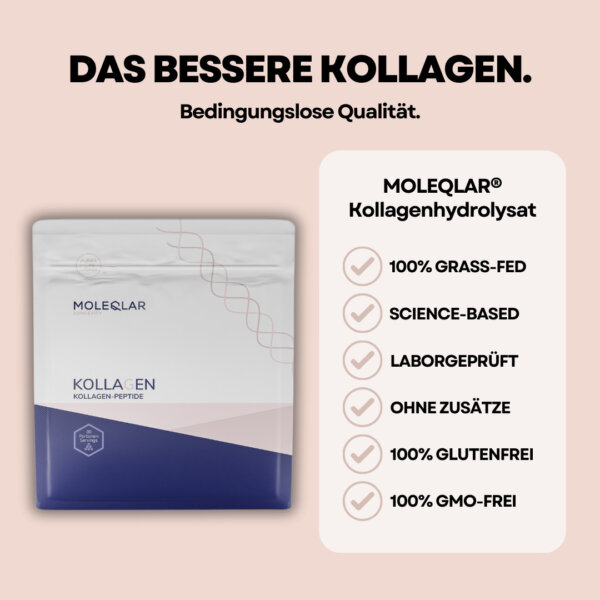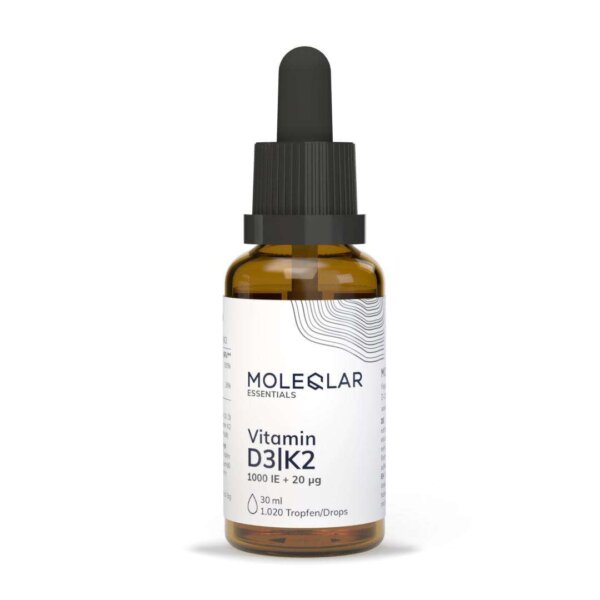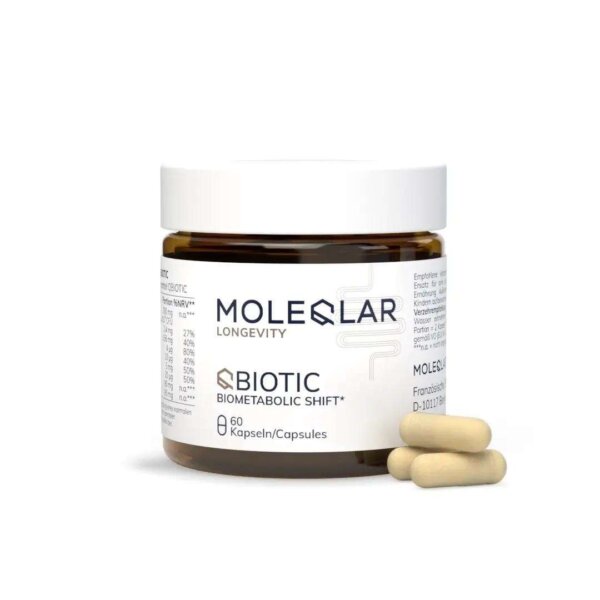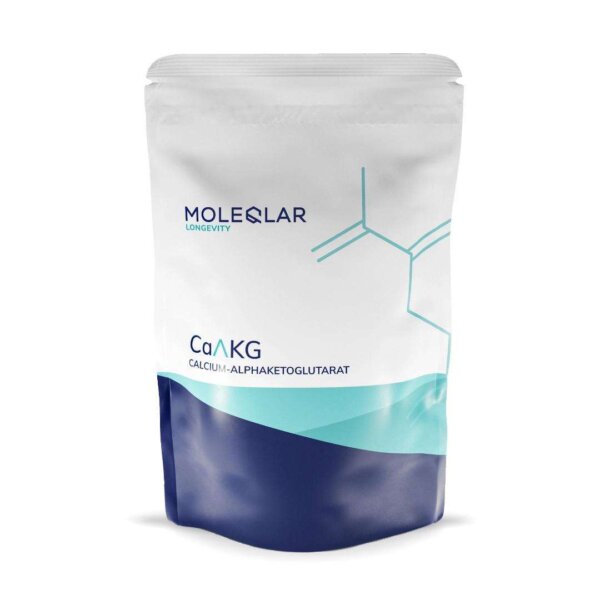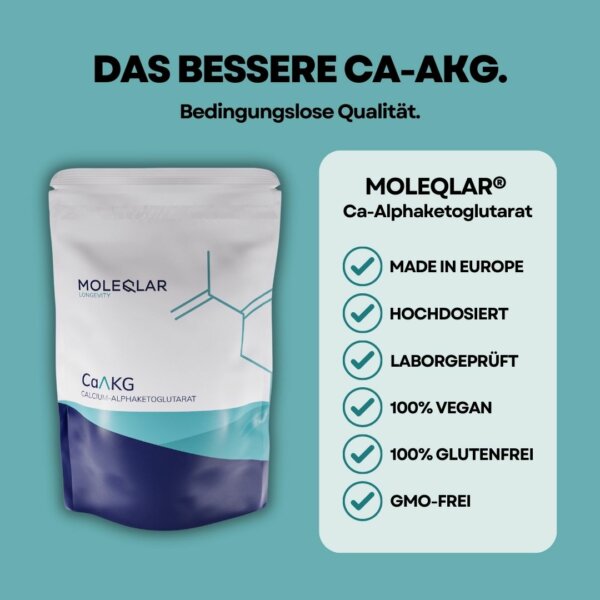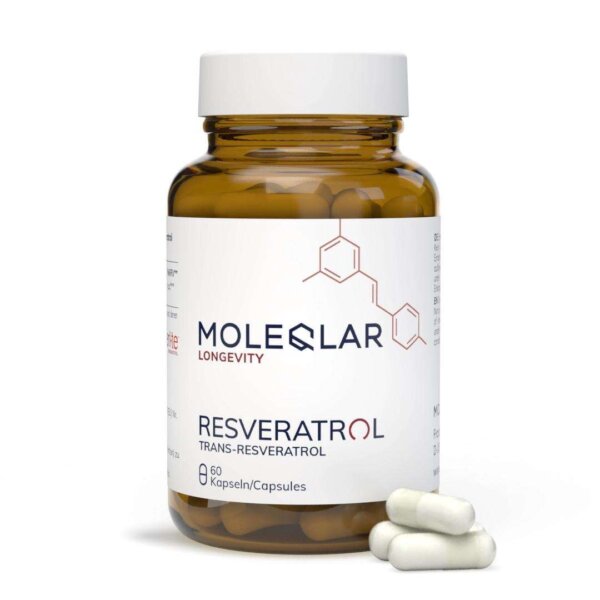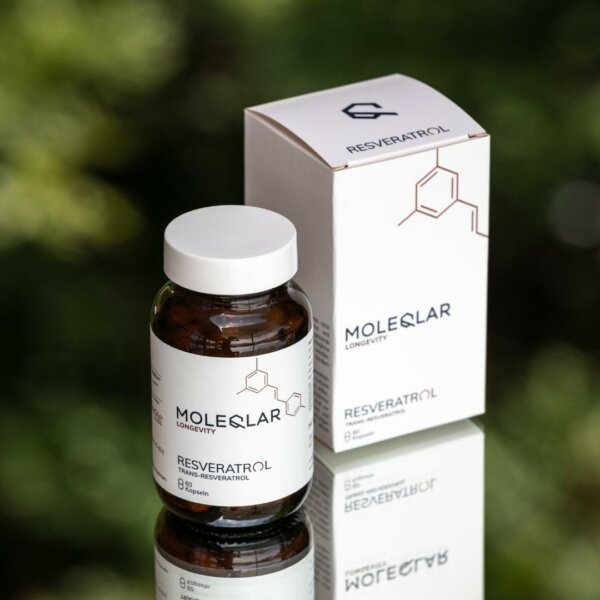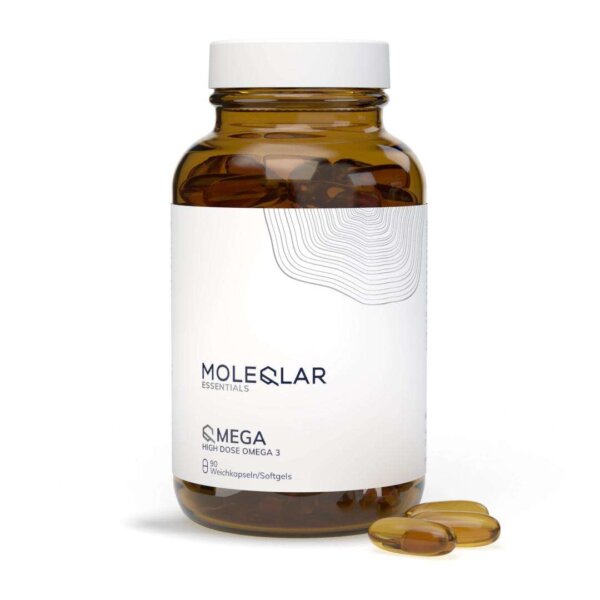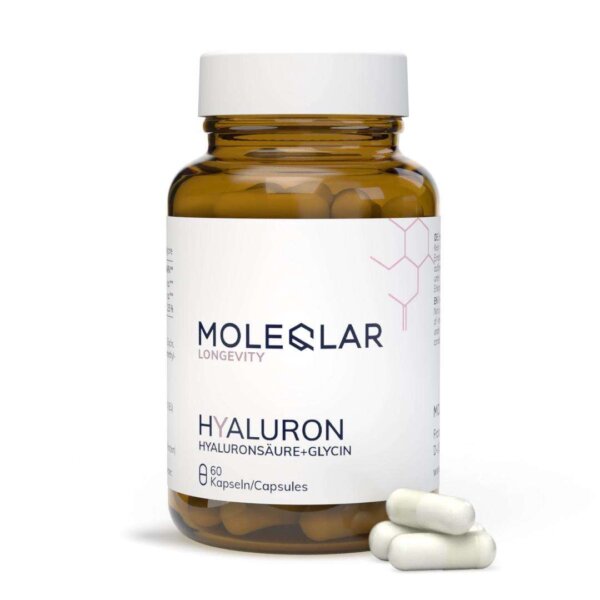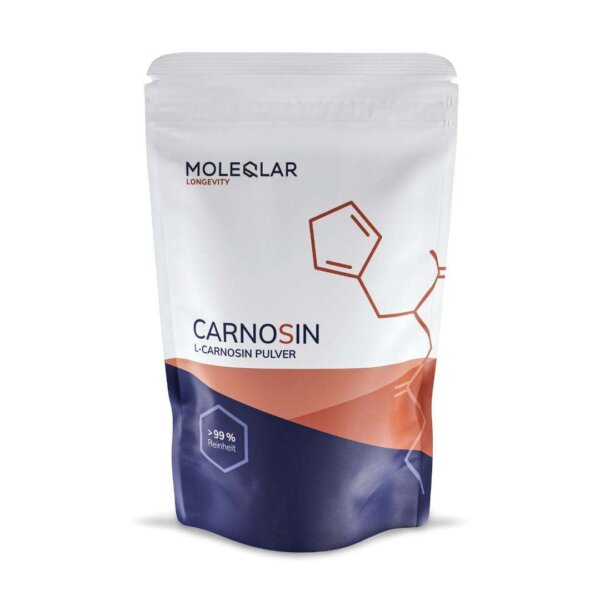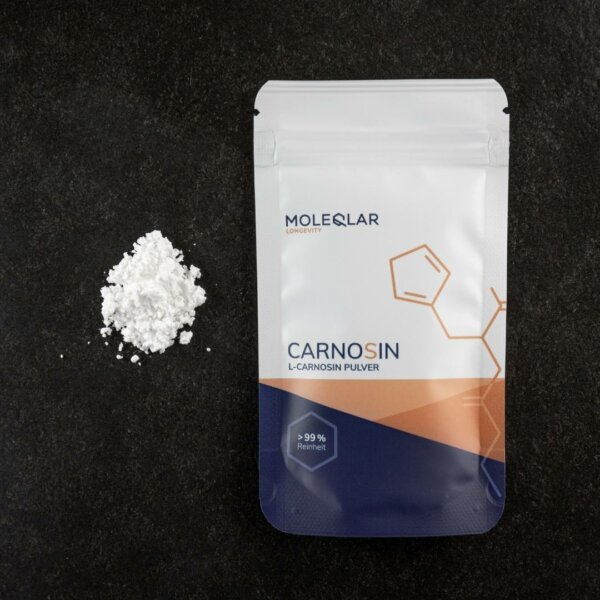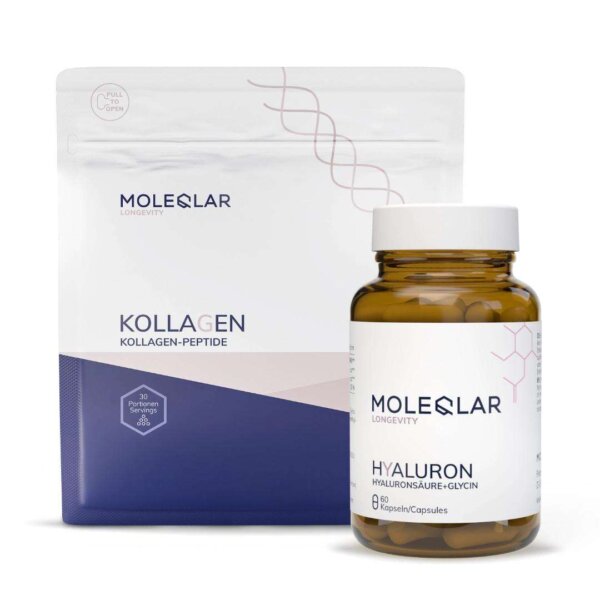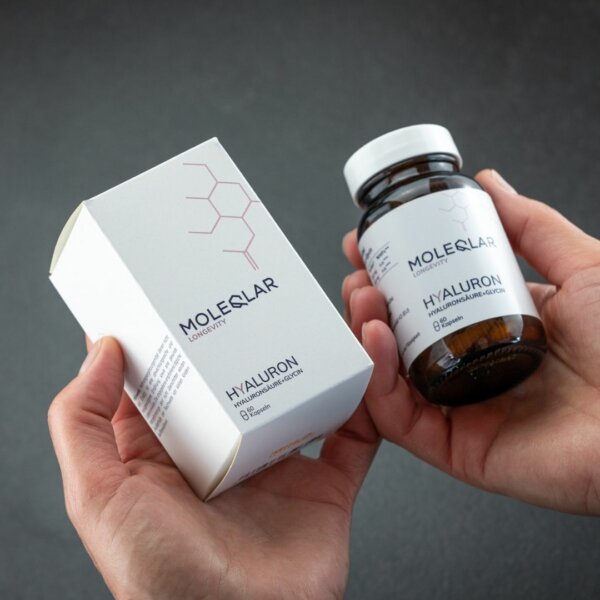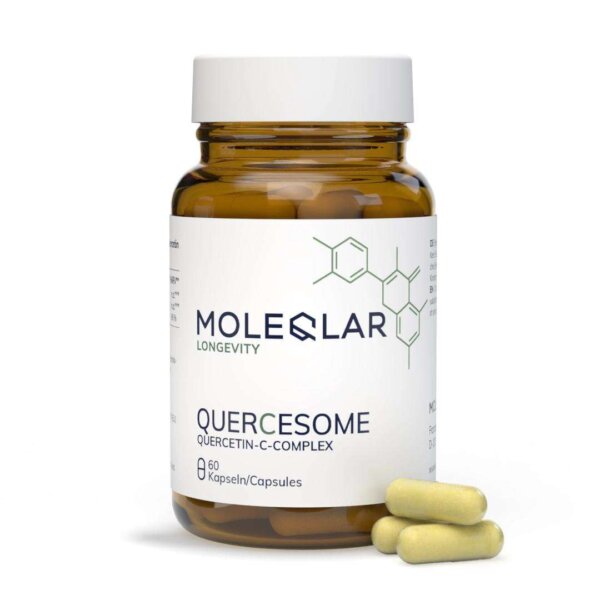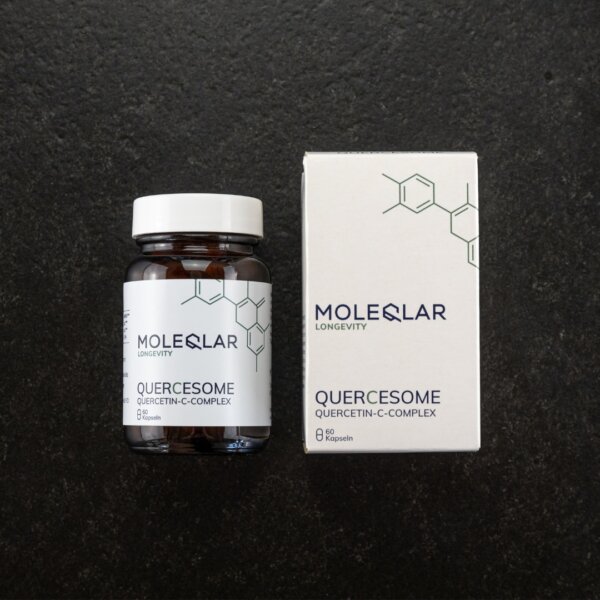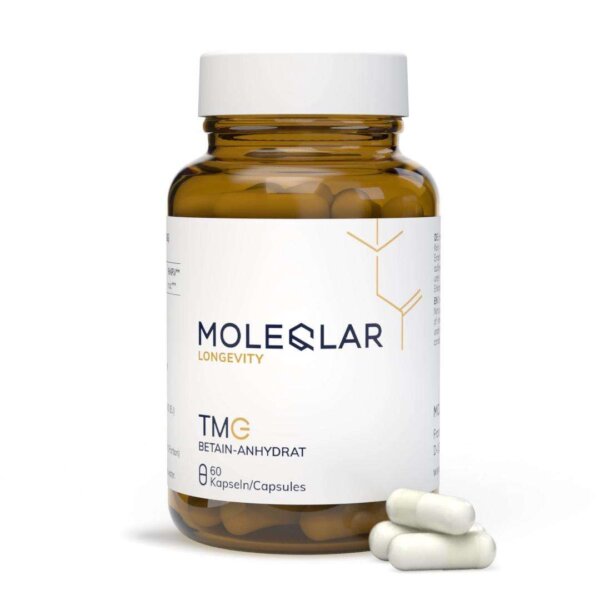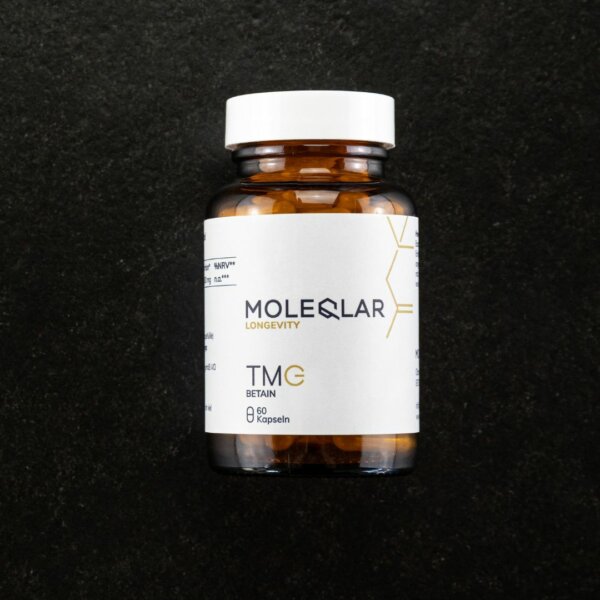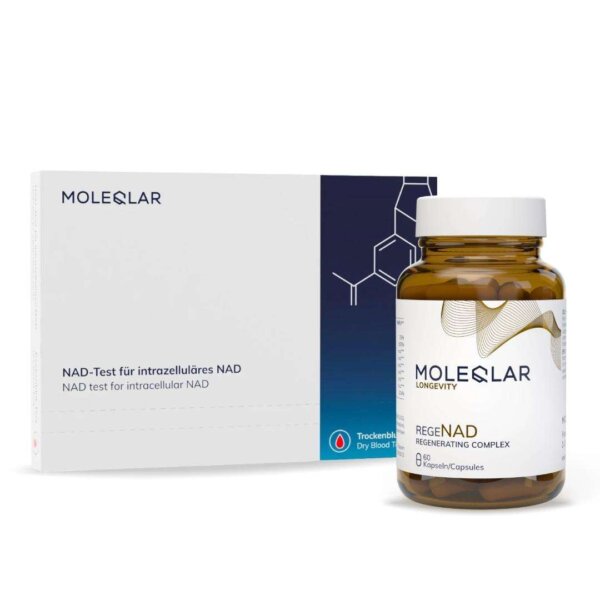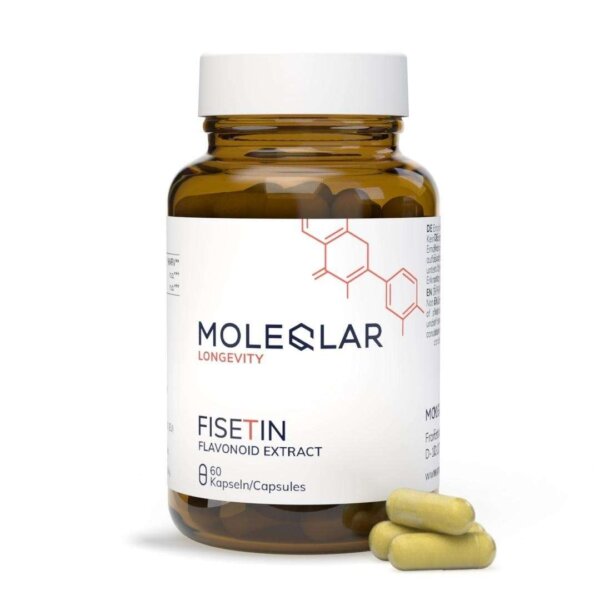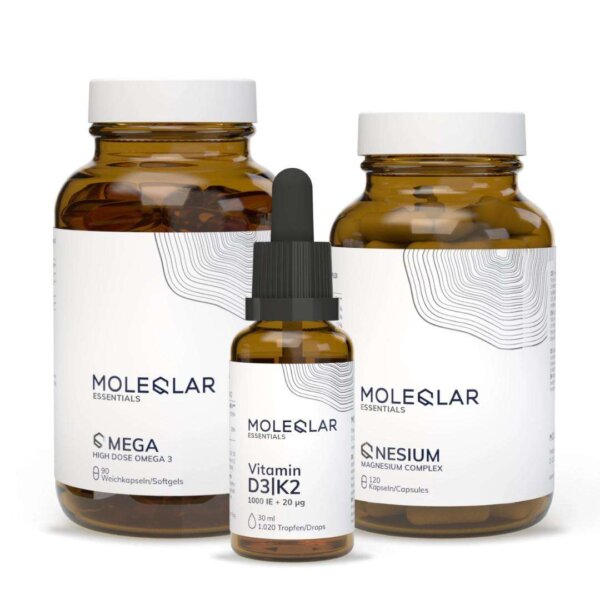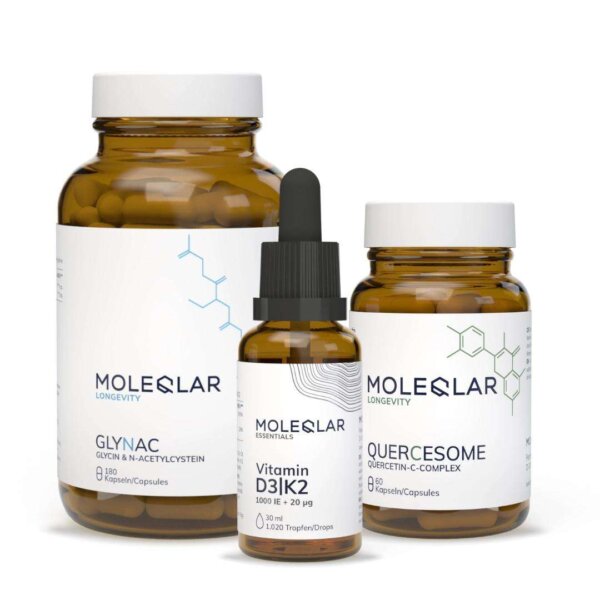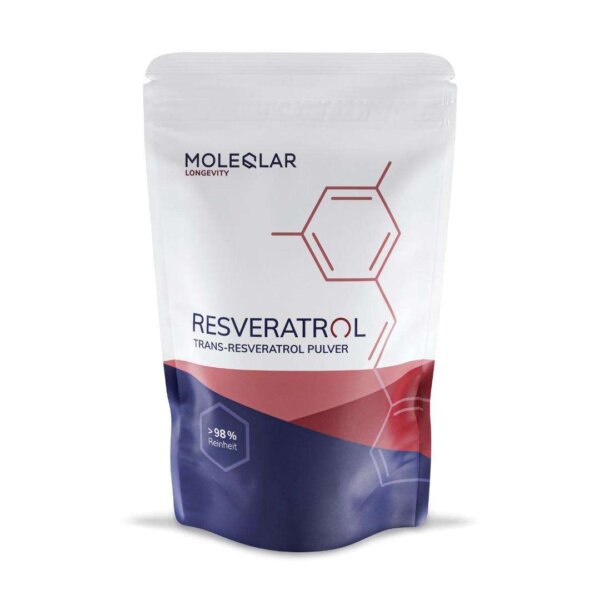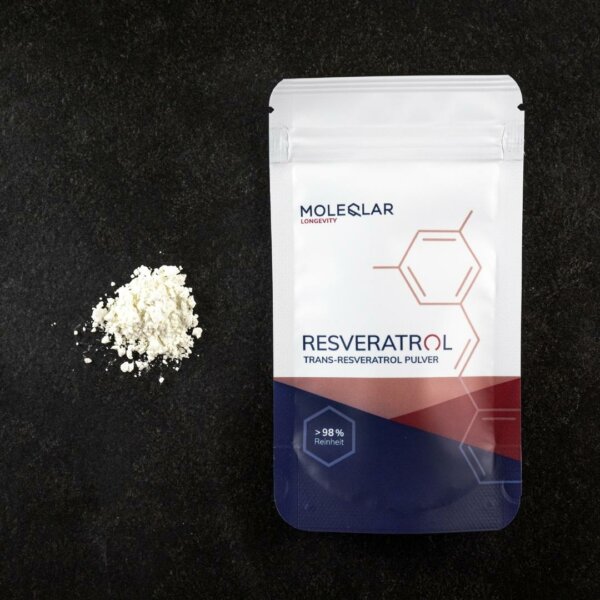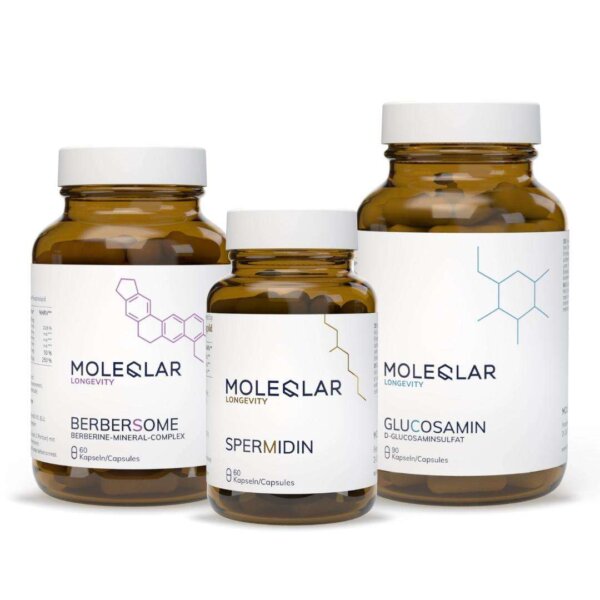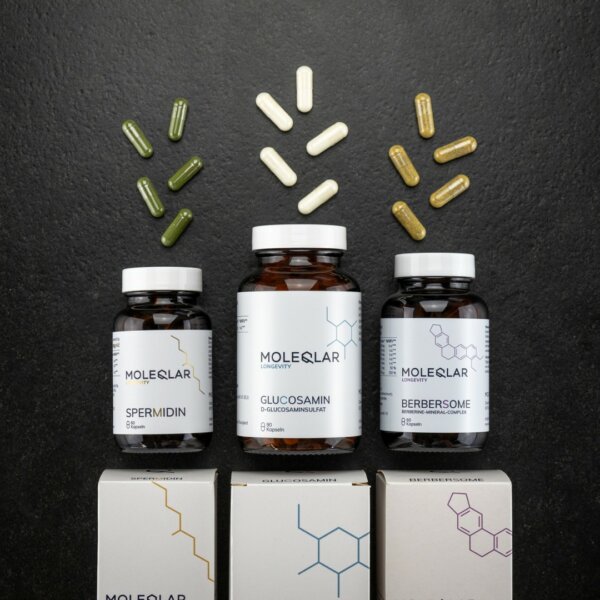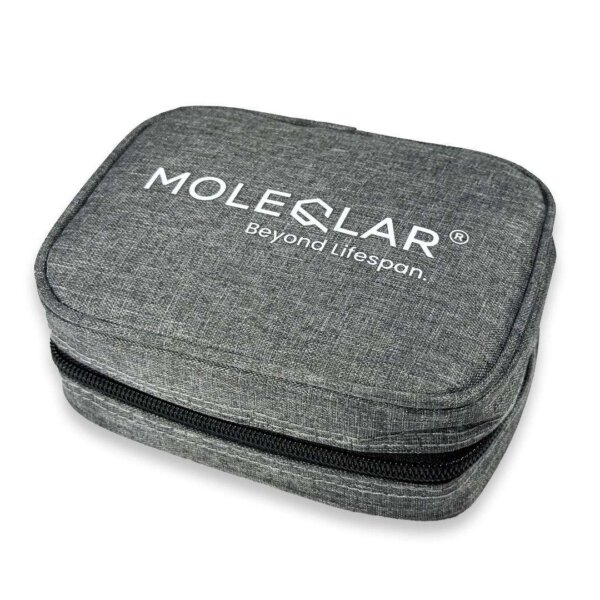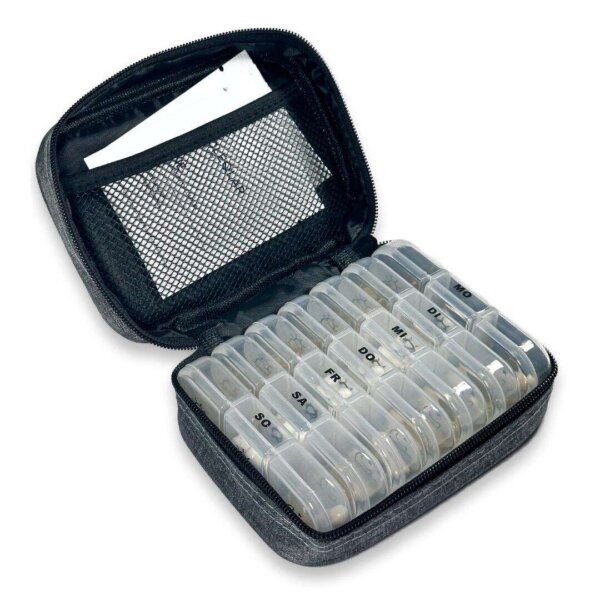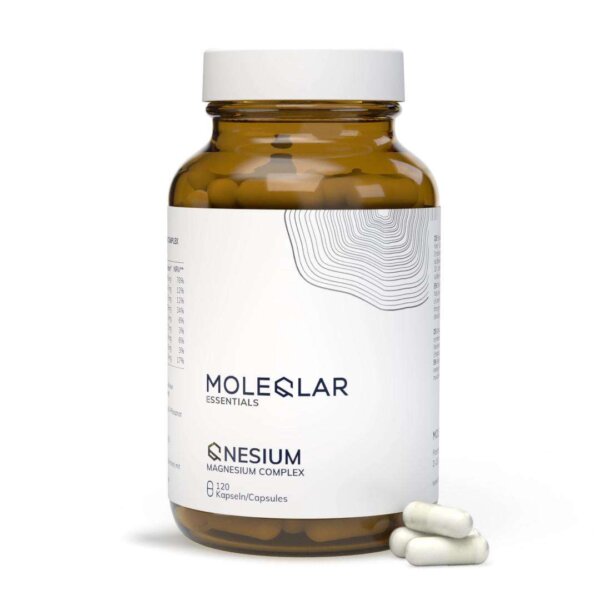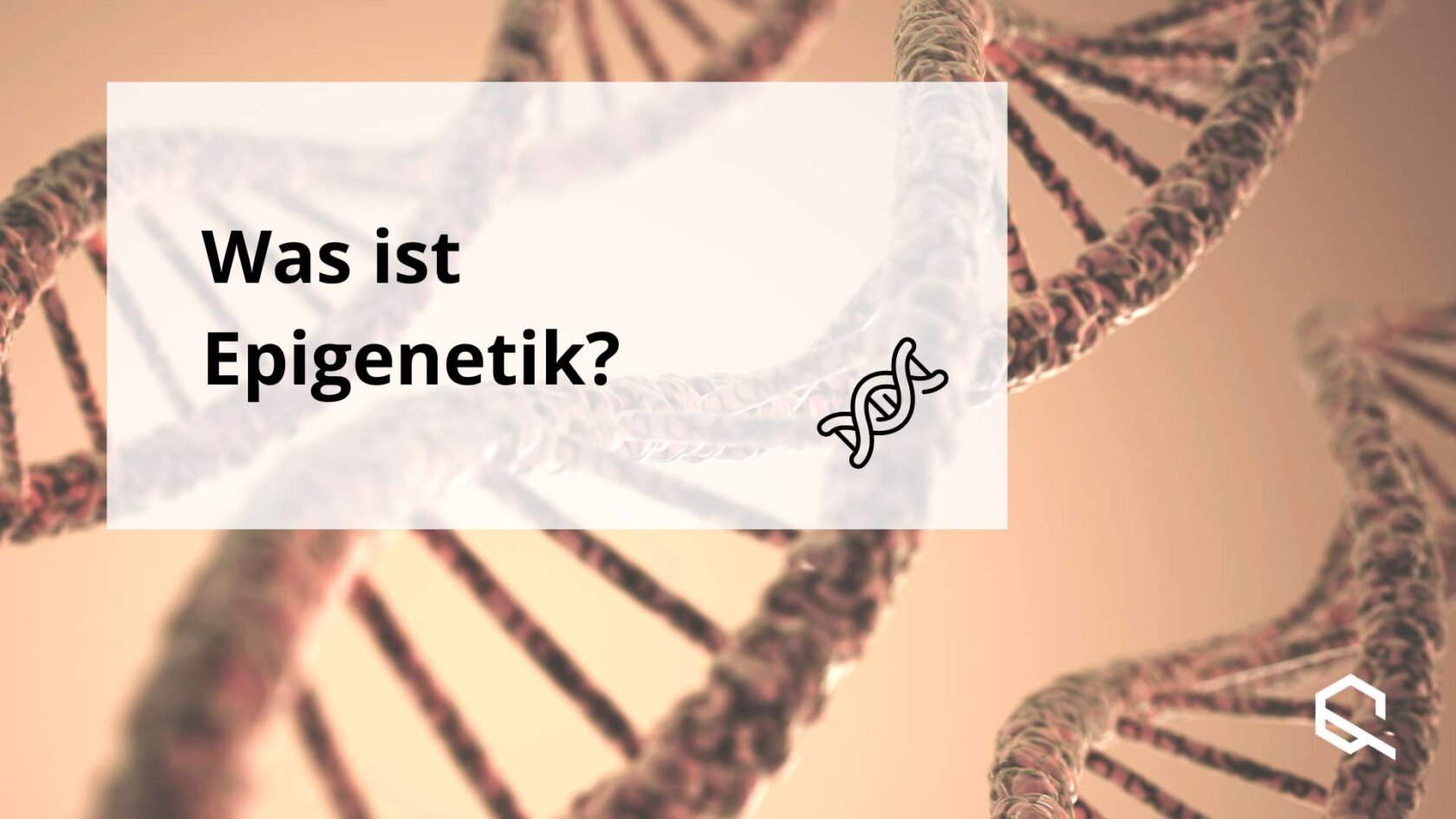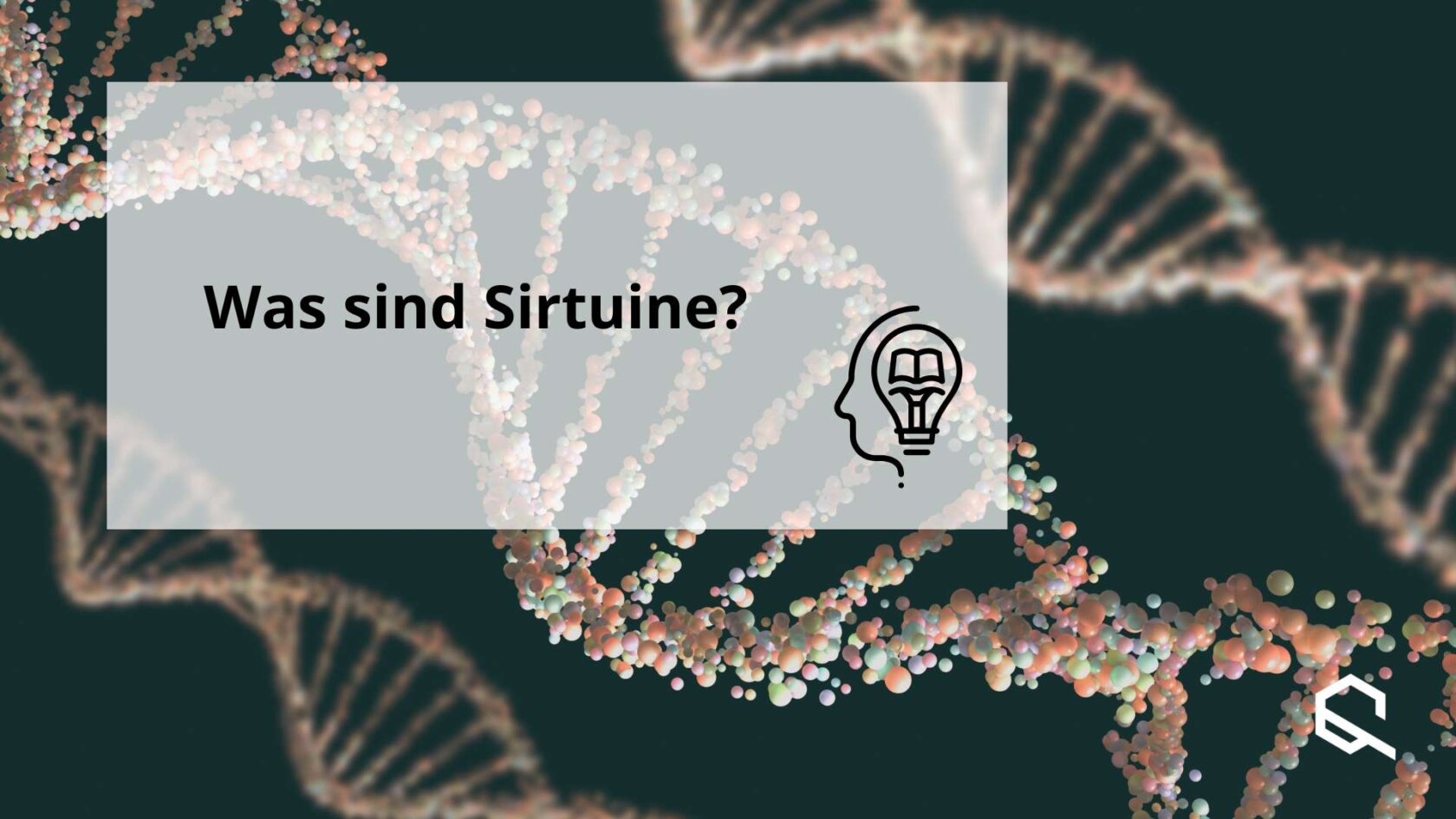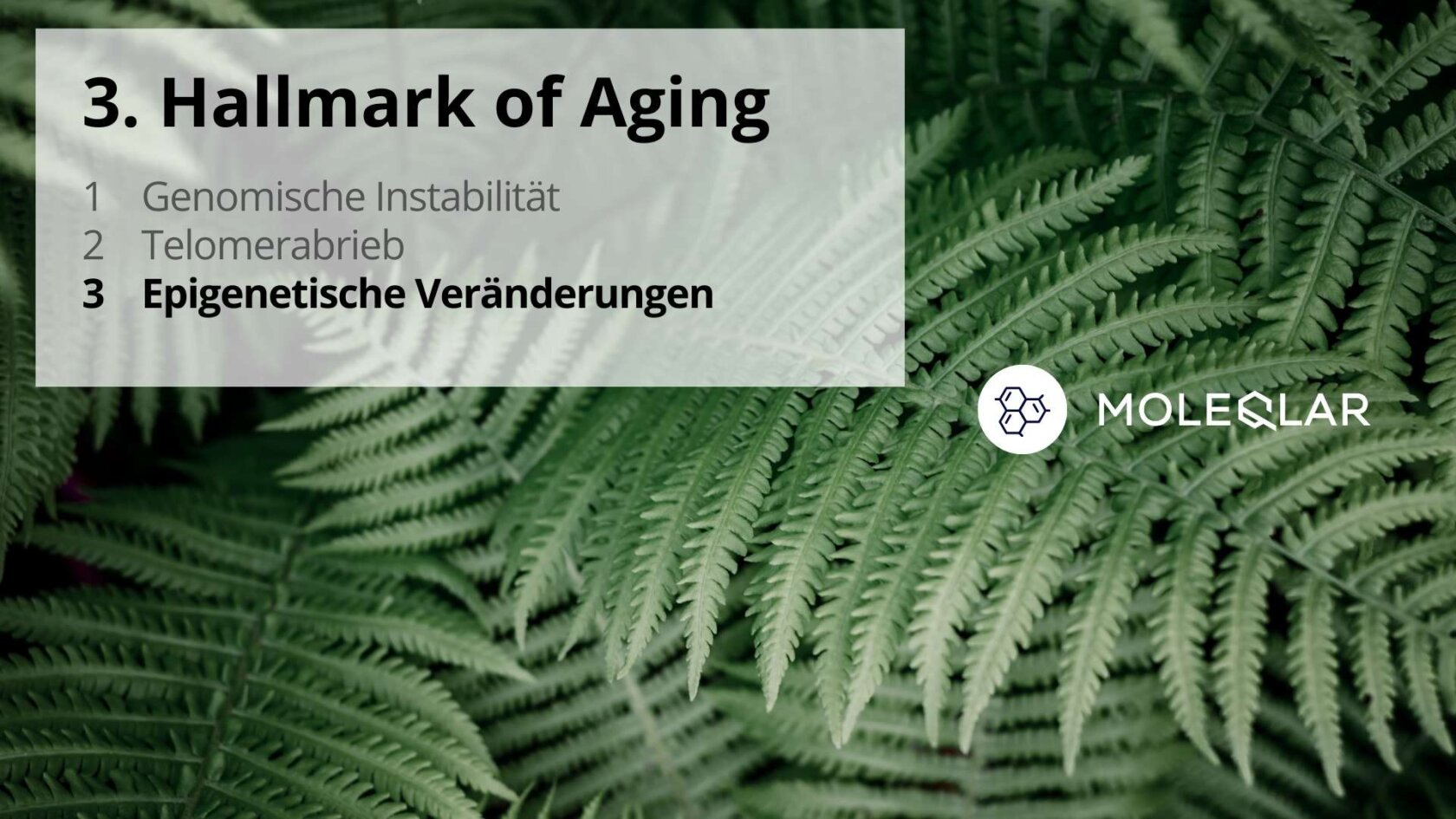Proteomics is still a relatively new field of research that takes a closer look at all proteins (proteome) and tries to find out which proteins are present in cells, what functions they have and how they interact. Our entire body is made up of thousands of different proteins. And enzymes, which also consist of proteins, regulate important metabolic processes.
With the help of proteomics, we can create a kind of huge library in which proteins are classified and categorized. This gives us a better understanding of the relationships in our body and enables us to understand which processes are disrupted in diseases or how drugs affect the body. In this article, we will show you what proteomics is, what it has to do with epigenetics and how we can use this technology.
What is proteomics?
Put simply, proteomics is the comprehensive study and analysis of the proteome, i.e. the entirety of all proteins that are expressed in a cell, a tissue, an organism or a specific biological system at a certain point in time. It deals with the identification, quantification, structure, function and interactions of proteins as well as their changes under different conditions.
Through the use of advanced technologies such as mass spectrometry and bioinformatics tools, proteomics aims to gain a detailed understanding of the role of proteins in biological processes and diseases and thus contributes significantly to the development of new diagnostic methods, therapies and the understanding of disease mechanisms.

Proteomics - can it be easier to understand?
Admittedly, the complex background to proteomics is not easy to explain. In our article on epigenetics, we compared it to volume controls. For proteomics, we can use another analogy: a closet.
Imagine your closet is filled to the brim with different items of clothing, each of which fulfills a specific function. Each piece of clothing represents a protein in your body, and the totality of all proteins (or your closet) is called the proteome.
Much like a closet, the proteome can be diverse, with a wide range of proteins responsible for different cellular functions and processes. Some proteins are like your favorite pieces of clothing that you wear often and that play an important role in your daily life. These would be called essential proteins.
Other proteins are like the rarely worn or seasonal garments that are only needed on certain occasions.
The wardrobe of life
Just as you organize your closet according to your needs and choose specific garments that suit your style, your body regulates the expression and activity of different proteins according to requirements and conditions. This process is called proteomics and involves studying and analyzing all the proteins in a cell, tissue or organism at a given time.
For example, when you exercise, your body can produce proteins that are important for muscle recovery and building new muscle mass. These proteins are activated to meet the specific demands of your workout. Similar to how you might choose your gym clothes to prepare for your training session, your body selects certain proteins to enable the physiological adaptations to exercise.
Proteomics enables us to study the complex interplay of proteins in biological systems and to understand how they react to various environmental factors, diseases or therapeutic interventions. By analyzing the proteome, we can gain insights into the functioning of cells and tissues and discover new possibilities for the diagnosis, treatment and prevention of diseases. To stick with the analogy, we are investigating which "garments" are used in which life situations.
Why do we use proteomics?
Proteomics offers a kind of "live insight" into the cell. With genetics, we have so far "only" been able to visualize the blueprints. With proteomics, it is now possible to gain a new perspective. We can see whether proteins are modified again after translation, e.g. through phosphorylation or glycosylation. This means that we gain a more detailed insight into the processes of the cell. This also enables researchers to better investigate protein-protein interactions and thus better understand complex biological signaling pathways.
What are the advantages of proteomics?
Proteomics is the next step towards more personalized medicine. In the future, research efforts may make it possible to better identify new biomarkers for diseases or therapeutic target molecules. We can also use proteomics to increase our understanding of how drugs affect the body.
Research is still in its infancy, but there are already some very exciting studies. In this study, 36 people with different conditions were tested before and after exercise. The analyses were extremely extensive, ranging from blood tests to proteome and genetic analyses. The researchers found that some proteins were suitable as markers for later performance in the endurance test. They also found that people with insulin resistance show an altered response to sport. A little more research is needed before precise treatment approaches can be derived from this, but the results so far are already extremely exciting.
How do you measure proteins?
There are various methods of measuring proteins. A mass spectrometer is of great importance for proteomics. But how does such a device work?
A mass spectrometer is like a sophisticated scale that sorts tiny particles such as proteins or peptides (short protein fragments) according to their weight. Imagine you have a bag of different sized balls and you want to sort them by size. A mass spectrometer basically does the same thing, only with molecules. To give you a better idea of the process behind it, we have illustrated the individual steps as simply as possible:
Step 1: Preparing the sample
First, the proteins are extracted from a cell or tissue sample. Since proteins are too large and complex to be analyzed directly, they are "broken down" into smaller parts, called peptides, through a process called digestion (similar to eating).
Step 2: Ionization
The peptides are then fed into the mass spectrometer, where they are ionized. This means that the peptides become electrically charged, similar to when you rub balloons against your hair and they then "stick" to the wall.
Step 3: Flight through the mass spectrometer
The charged peptides are sent through the mass spectrometer. The device uses electric fields to accelerate the peptides. The lighter a peptide is, the faster it moves through the device. It's like blowing different sizes of balls through a wind tunnel; the smaller ones fly faster than the larger ones.
Step 4: Detection
At the end of the "flight", the peptides arrive at a detector. The detector measures how fast each peptide arrived, which gives an indication of its weight (more precisely, the ratio of mass to charge). This information is displayed in a spectrum that looks like a mountain diagram, with peaks corresponding to different peptides.
Step 5: Analyzing the data
The data collected - the mass spectrum - is compared with a database containing information on known peptides and proteins. This comparison enables scientists to find out which proteins were present in the sample and in what quantity.
A mass spectrometer therefore works like a very precise balance that breaks proteins down into smaller parts, charges these parts electrically, then lets them fly through a device and measures how fast they move. This information helps us to understand which proteins are present in a cell or tissue and how they function.
Conclusion on proteomics
Proteomics is still a relatively young field of research. One of the first papers on this topic appeared in 2000 in the renowned Lancet Journal under the title: "Preotomics: new perspectives, new biomedical opportunities".
A lot has happened in research since then. The methods have become more sophisticated and cheaper, which has made it possible to research proteomics on a larger scale. With the help of artificial intelligence (AI), science can better analyze the huge amounts of data and thus discover new biomarkers or develop new therapies with the help of proteomics.
Literature
- Hanash, Sam. "Disease proteomics. "Nature 422.6928 (2003): 226-32. Link
- Marcassa, Gabriele et al. "Proteomics-based synapse characterization: From proteins to circuits. "Current opinion in neurobiology 79 (2023): 102690. Link
- Contrepois, Kévin et al. "Molecular Choreography of Acute Exercise. "Cell 181.5 (2020): 1112-1130.e16. Link
- Banks, R E et al. "Proteomics: new perspectives, new biomedical opportunities. "Lancet (London, England) 356,9243 (2000): 1749-56. Link
Graphics
The images were purchased under licence from Canva.


